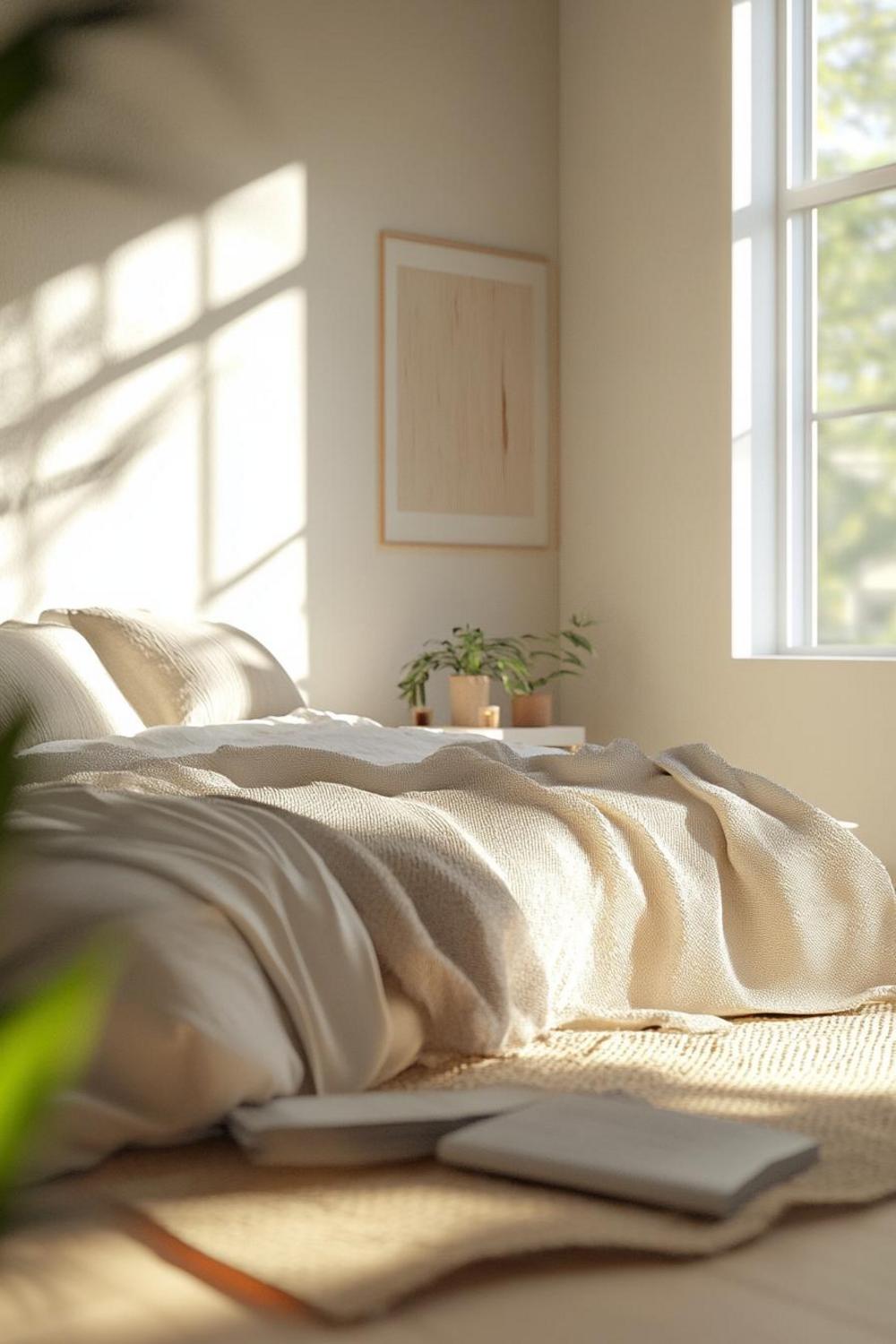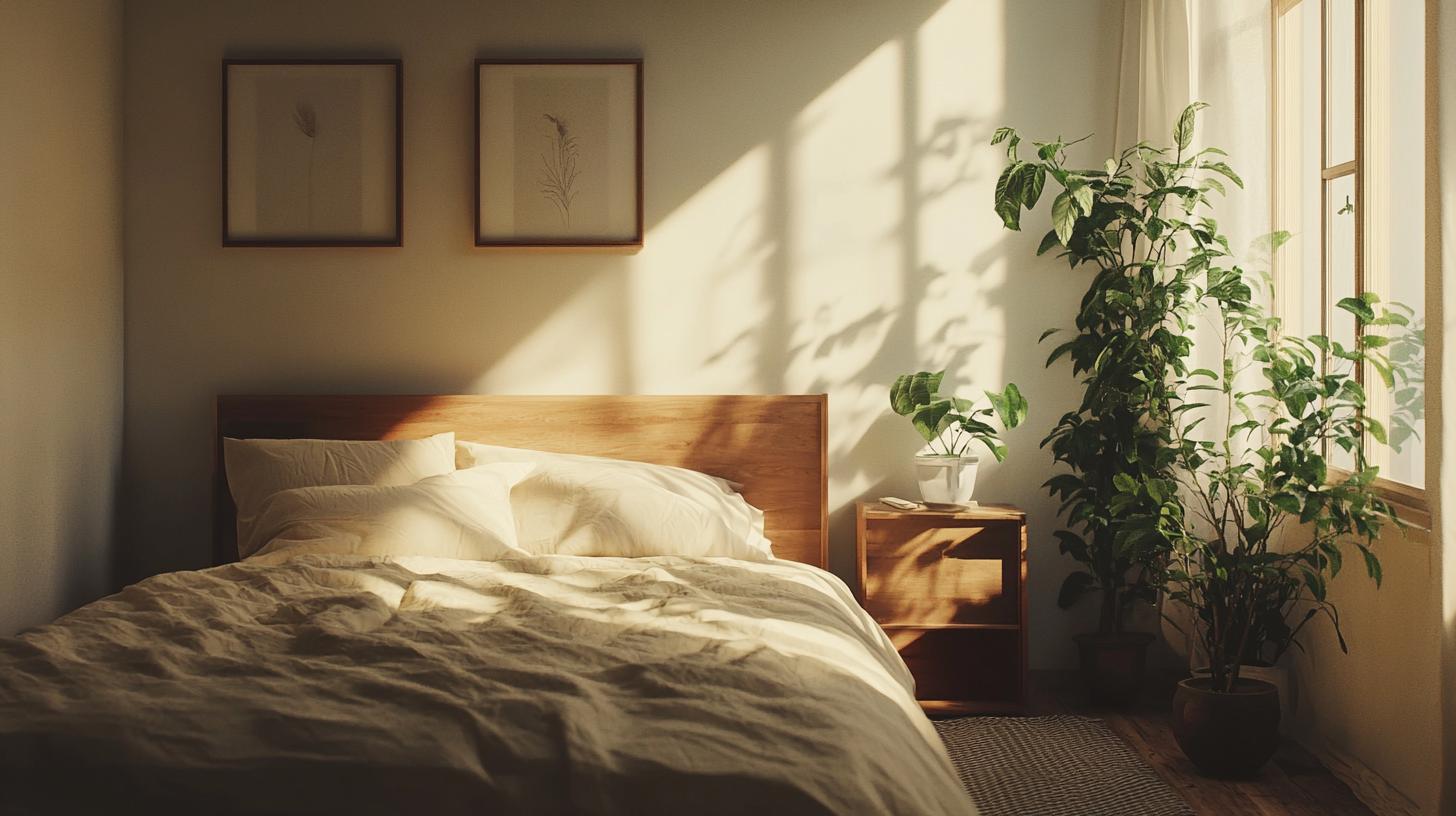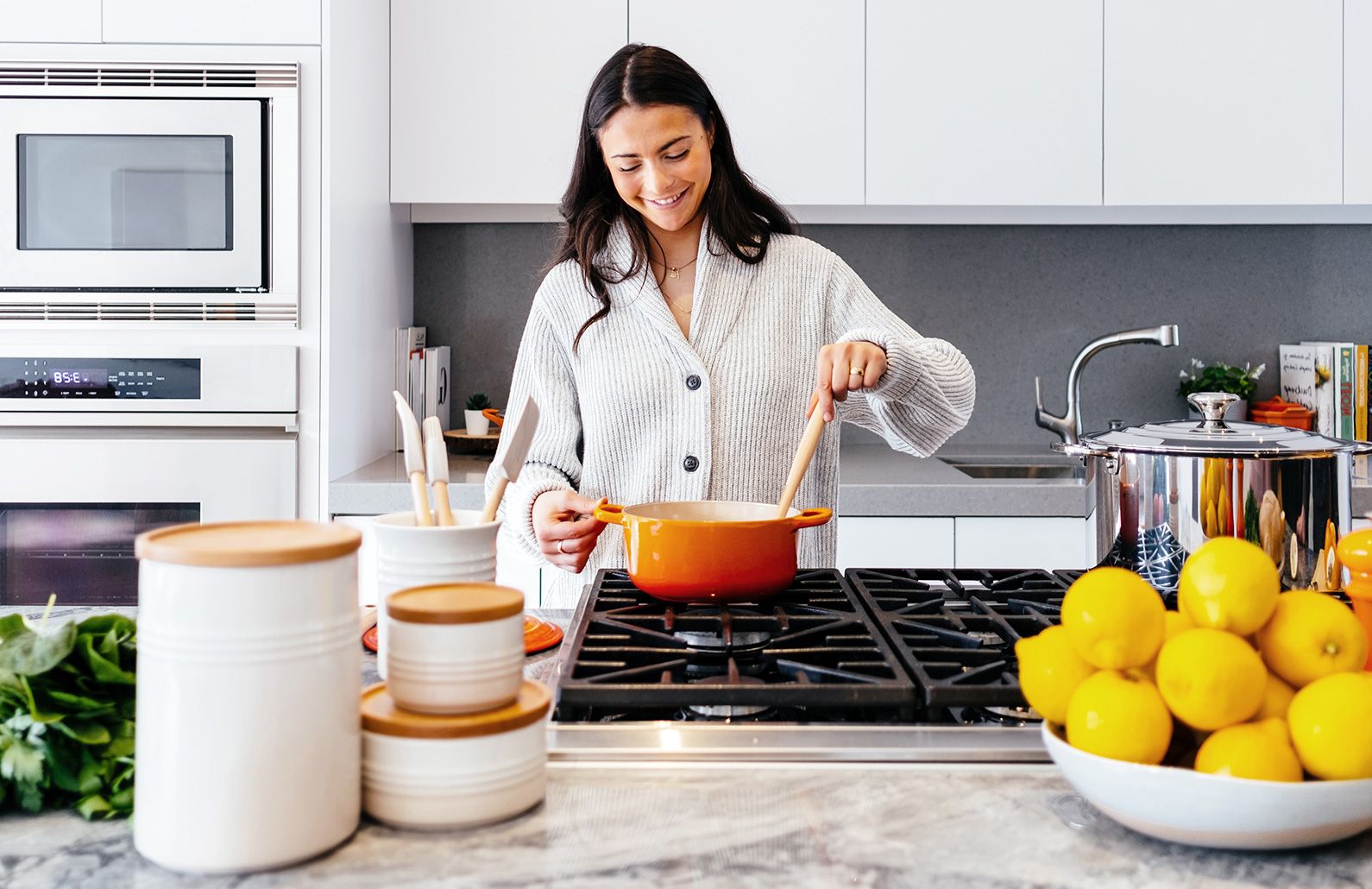Calm Bedroom Design: Your Ultimate Sanctuary Guide for 2025
Designing a calm bedroom isn’t just about aesthetics—it’s about creating a personal sanctuary that nurtures your mental and emotional well-being. In our fast-paced world, your bedroom should be a refuge from stress and external chaos.

Research shows that our environment significantly impacts our stress levels and sleep quality. A well-designed bedroom can reduce cortisol, improve sleep patterns, and enhance overall mental health. We’ll explore strategic design approaches that transform your sleeping space into a genuine relaxation haven.
Understanding Calm Bedroom Design Principles
The foundation of a serene bedroom lies in understanding key design principles that promote tranquility. These include:
- Minimalist color palettes
- Natural texture integration
- Intentional lighting
- Clutter-free environments
Color Psychology in Bedroom Design
Colors play a crucial role in emotional regulation. Soft, muted tones like sage green, dusty blue, and warm neutrals create an immediate sense of calm. These colors mimic natural environments, triggering a physiological relaxation response.

Creating Sensory Calm Through Design
Beyond visual elements, a truly calm bedroom design engages multiple senses. Consider incorporating:
- Soft, breathable textiles
- Natural sound elements
- Subtle aromatherapy options
- Temperature-regulating materials
Practical Implementation Strategies
Transforming your bedroom doesn’t require a complete overhaul. Small, intentional changes can dramatically improve your space’s tranquility. Start by decluttering, choosing calming color schemes, and investing in quality, comfortable bedding.
Technology and Calm Design
In 2025, technology integration can enhance bedroom calmness. Consider smart lighting systems that mimic natural light cycles, white noise machines, and minimalist tech solutions that don’t disrupt your peaceful environment.
Pro Tips for Ultimate Bedroom Serenity:
- Use blackout curtains for optimal sleep
- Invest in high-quality, breathable bedding
- Create dedicated meditation or relaxation corners
- Limit electronic device presence
Remember, your bedroom is more than a sleeping space—it’s your personal retreat. By implementing these calm design strategies, you’ll create a sanctuary that supports your physical and mental well-being.




